Table of content
Boiled peanuts are a timeless snack enjoyed across various cultures for their simplicity, nutritious value, and delightful taste. Whether you’re hosting a casual gathering, looking for a healthy munchie, or just craving a comforting bite, boiled peanuts fit the bill perfectly. They are not only easy to prepare but also offer a rich, earthy flavor that can be customized to suit your preferences. In this comprehensive guide, we’ll walk you through the entire process of making boiled peanuts from scratch, ensuring you achieve the perfect texture and flavor every time.
Understanding the Basics
Before diving into the recipe, it’s crucial to understand a few basics about boiled peanuts. First, the type of peanut you choose matters. Raw, unsalted peanuts are ideal because they allow you to control the seasoning and cooking process entirely. Green peanuts, which are harvested before they fully mature, are particularly prized for boiling as they have a tender texture and a slightly sweeter taste. However, mature peanuts work just fine if green ones aren’t available.
Secondly, the soaking and cooking times can vary depending on the freshness and size of the peanuts. Soaking helps soften the peanuts, making them easier to cook through and ensuring they absorb flavors better. Generally, soaking overnight is recommended, but if you’re in a rush, a quick soak in boiling water for an hour can suffice.
Ingredients and Equipment
Ingredients:
- 2 pounds (about 900 grams) of raw peanuts in the shell
- Water, enough to fully submerge the peanuts
- Salt, to taste (about 1/4 cup for a strongly flavored batch)
- Optional seasonings: garlic cloves, bay leaves, red pepper flakes, or any other spices you prefer
Equipment:
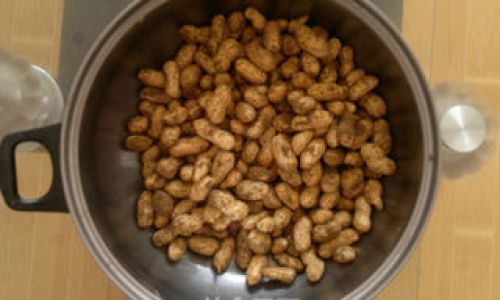
- A large pot with a lid
- Colander or strainer
- Tongs or a slotted spoon for handling hot peanuts
- A large mixing bowl (optional, for soaking)
- Storage container (if planning to store leftovers)
Step-by-Step Instructions
Step 1: Preparation and Soaking
-
Inspection and Cleaning: Begin by inspecting the peanuts. Discard any that are cracked, moldy, or have broken shells. Rinse the peanuts under cold running water to remove any dirt or debris.
-
Soaking: Place the cleaned peanuts in a large pot. Fill the pot with enough cold water to cover the peanuts by at least 2 inches. Add a tablespoon of salt to the water if you wish to start the seasoning process early. Cover the pot and let it sit at room temperature for at least 8 hours or overnight. This soaking process helps soften the peanuts and prepares them for cooking.
Alternatively, for a quicker soak, bring the water to a boil with the peanuts and salt, then turn off the heat and let them sit covered for about an hour.
Step 2: Boiling the Peanuts
-
Draining and Refilling: After soaking, drain the peanuts using a colander. Rinse them once more under cold water to remove any excess salt or debris. Return the peanuts to the cleaned pot and add fresh water, again ensuring it covers the peanuts by at least 2 inches.
-
Adding Seasonings: This is where you can customize the flavor of your peanuts. For a classic taste, add about 1/4 cup of salt to the water. For more complex flavors, add whole garlic cloves (smashed), a few bay leaves, and a pinch of red pepper flakes. Adjust the quantities based on your taste preferences.

-
Boiling: Bring the water to a rolling boil over high heat. Once boiling, reduce the heat to low or medium-low to maintain a gentle simmer. Cover the pot and let the peanuts cook for anywhere from 2 to 4 hours, depending on their size and your desired texture. Smaller peanuts will cook faster, while larger ones may need more time to soften.
Tip: Stir the peanuts occasionally to ensure they cook evenly and to prevent them from sticking to the bottom of the pot.
Step 3: Testing for Doneness
-
Taste Test: After about 2 hours of simmering, start testing the peanuts for doneness. Use tongs or a slotted spoon to remove a few peanuts from the pot. Let them cool slightly, then shell and taste one. The peanuts should be tender but not mushy. If they are still too firm, continue cooking and test again every 30 minutes or so.
-
Adjust Seasoning: If you find the peanuts need more seasoning, you can add more salt or other spices directly to the cooking water. However, be cautious as the peanuts will continue to absorb flavors as they cool.
Step 4: Cooling and Serving
-
Cooling: Once the peanuts are cooked to your liking, turn off the heat and let them sit in the cooking liquid for another 30 minutes to an hour. This helps them absorb more flavor. Afterward, drain the peanuts using a colander and let them cool completely. They can be served warm or at room temperature, but refrigerating them for a few hours can enhance their flavor.
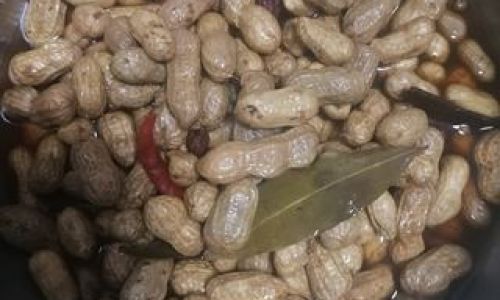
-
Serving: Boiled peanuts are versatile and can be enjoyed as a standalone snack, added to salads, or used as a topping for various dishes. If you’ve added spices, they might pair well with a cold beer or a refreshing lemonade.
Step 5: Storage
-
Storing: If you have leftover boiled peanuts, store them in an airtight container in the refrigerator. They will keep for about a week. You can reheat them gently in the microwave or on the stovetop before serving.
-
Freezing: For longer storage, you can freeze boiled peanuts. Place them in freezer bags, removing as much air as possible, and freeze for up to 3 months. To thaw, place them in the refrigerator overnight or let them sit at room temperature for a few hours.
Tips for Perfect Boiled Peanuts
- Freshness Counts: Always use fresh peanuts for the best results. Old peanuts can become hard and difficult to cook through.
- Soaking is Key: Don’t skip the soaking step. It significantly reduces cooking time and ensures even cooking.
- Seasoning Preferences: Experiment with different seasonings to find your perfect flavor profile. Spices like cumin, paprika, or even a hint of liquid smoke can add unique twists.
- Patience is a Virtue: Boiled peanuts take time, but the wait is worth it. Don’t rush the cooking process; slow and steady yields the best texture.
In conclusion, making boiled peanuts at home is a rewarding culinary endeavor that yields delicious, nutritious snacks. By following these steps and tips, you’ll be able to create perfectly cooked, flavorful peanuts that are sure to impress your friends and family. So, the next time you’re in the mood for a comforting, homemade treat, give boiled peanuts a try. Happy cooking!
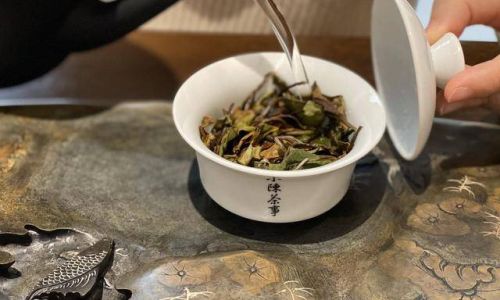

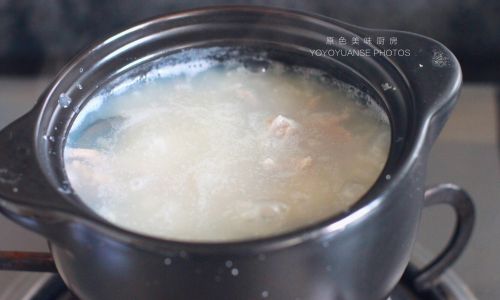
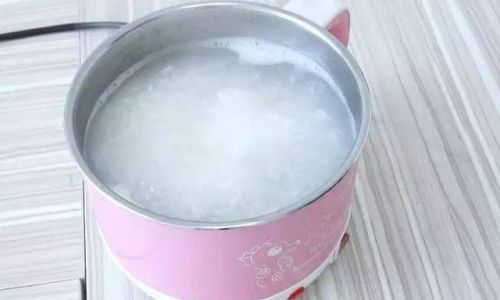
0 comments